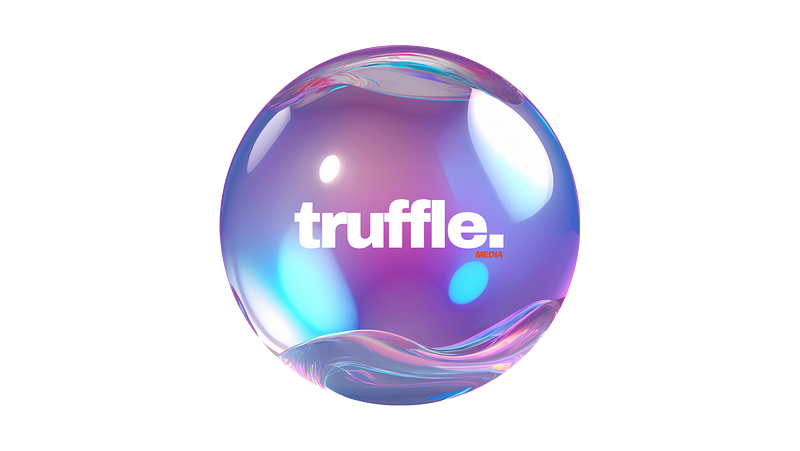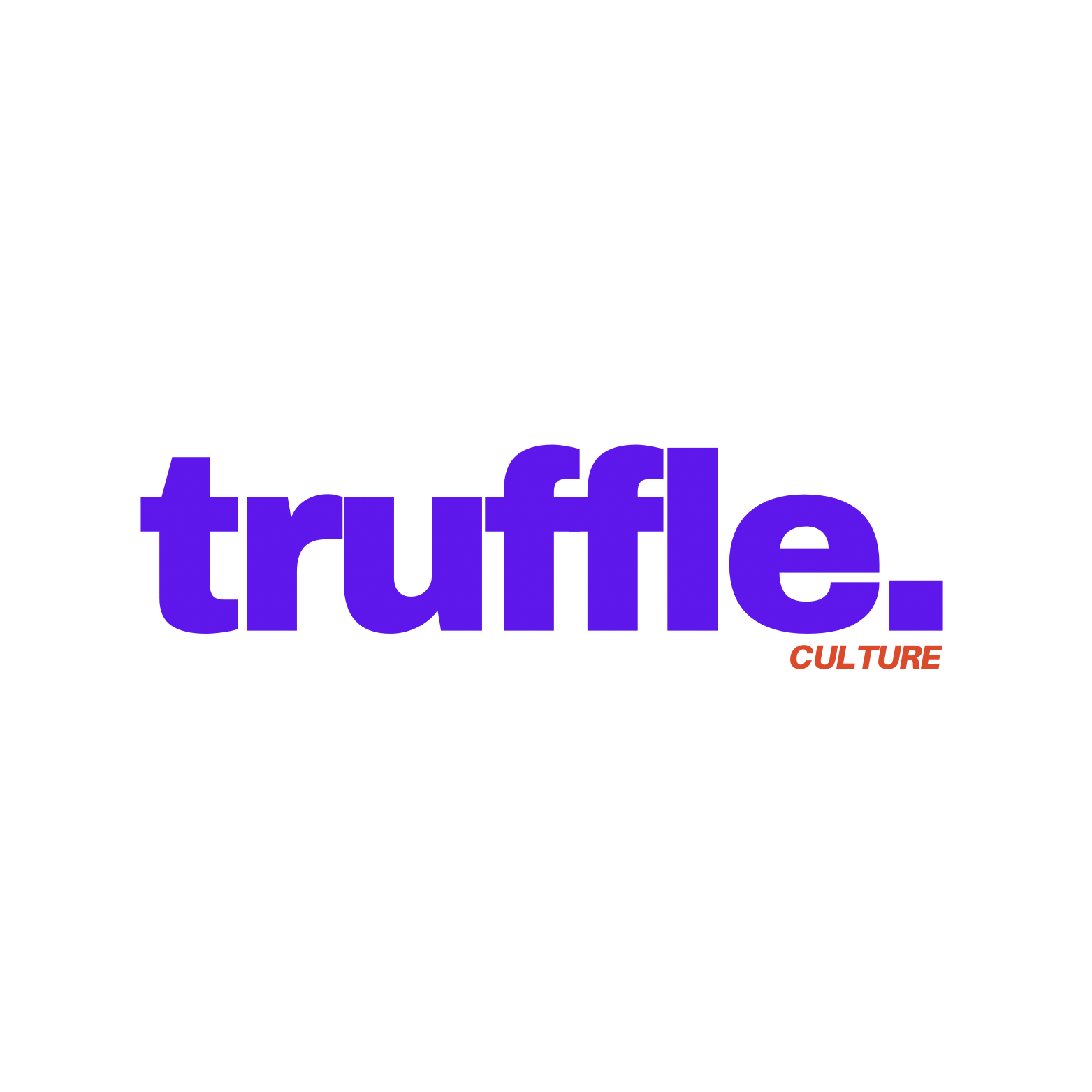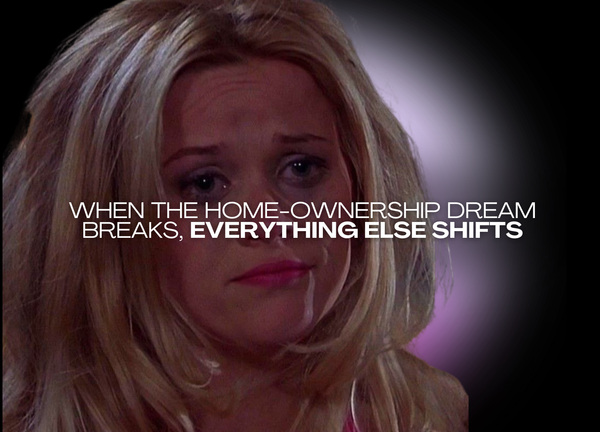The summer pop came back.
The summer of 2024 will go down in history as the summer when pop music finally shook off its post-COVID slumber and made a triumphant return.
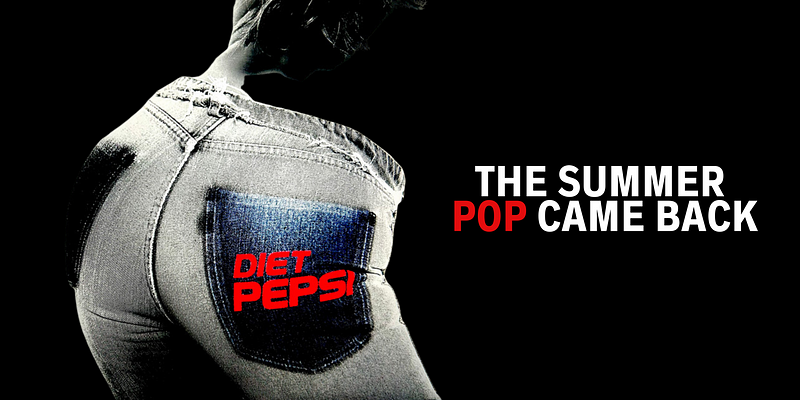
The summer of 2024 will go down in history as the summer when pop music finally shook off its post-COVID slumber and made a triumphant return. After years of predictable, manufactured releases that felt more like autopilot than innovation, pop music landed a sucker punch on us all. This time, it came back unpredictable, unbothered, and unapologetically catchy.
Pop found its footing again, reclaiming its space within an industry that both fuels and restricts it. The symbiotic push-pull between pop’s rebellious spirit and the industry’s love for formulaic hits has always been there, but this summer took it to another level. As Charli XCX and Lorde aptly put it in their remix of Girl, So Confusing: “It’s you and me on the coin the industry loves to spend.” And spend they did.
From the revival of nostalgic choreography, thanks to Tate McRae, to Chappell Roan’s unforgettable power bridges, pop’s core elements were on full display. We even saw mindlessly addictive hooks from Addison Rae that took over our playlists. And then, of course, there was Charli XCX, proving once again that true pop artistry lies in building entire cultural worlds, something few can pull off as seamlessly as she does.
Even Katy Perry’s latest album, Women’s World, crashing and burning serves as a cultural checkpoint. Its failure is a not-so-subtle reminder that pop music — and society — have outgrown themes rooted in patriarchal, male-gaze fantasies. As The Guardian put it in their scathing review of the album: “What regressive, warmed-over hell is this?”
Another trend benefiting both artists and labels is the rising narrative of resistance and disregard for traditional industry constraints. This dynamic — where artists reclaim control over their work — has set a cultural shift in motion. One of the most visible case studies is Raye’s public breakup with Polydor, followed by her meteoric rise as an independent artist. After years of battling her label to release her debut album, Raye’s departure from Polydor was a declaration of creative independence, and it resonated deeply within the music community.
Her subsequent success, particularly with hits like “Escapism,” has become a symbol of empowerment, proving that artists no longer need to play by the industry’s rules to succeed. Her journey isn’t just about breaking free from a label — it’s about redefining what artistic freedom looks like in the modern music landscape. And this message is sticking, inspiring a wave of artists who are building similar themes into their music rollouts.
Take Charli XCX, for instance, who has built an entire narrative around resisting industry expectations, pushing experimental boundaries, and integrating her fanbase into her decision-making process. Or even Halsey, who, amidst struggles with their label, turned to TikTok to call out the industry’s obsession with virality over artistic integrity.
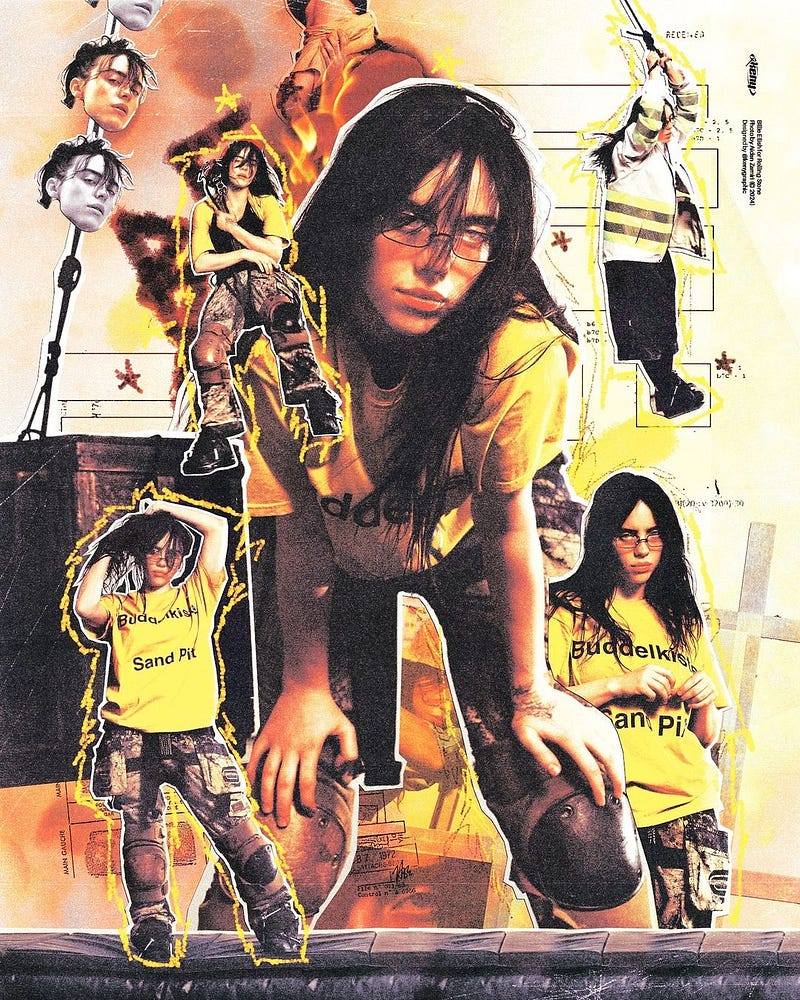
This rebellion is as much a branding tool as it is a genuine movement. For these artists, embracing the narrative of resistance and storytelling through struggles with their labels adds depth to their brand. It positions them as relatable outsiders, battling the corporate machine — something that resonates deeply with Gen Z and Millennials who value authenticity and anti-establishment sentiment in the music they consume.
The result? This narrative of resistance, rather than hindering their careers, has only amplified their reach. It’s become an integral part of their artistic identity, offering them both creative control and commercial success. The industry, in turn, has caught on. Labels now see the value in fostering this narrative of struggle and independence, blurring the lines between rebellion and industry strategy. In today’s pop landscape, resistance isn’t just a stance — it’s a tool, and one that’s increasingly driving both artistry and profitability.
Looking forward, pop music in 2025 seems primed for even more disruption and evolution. The landscape is shifting towards a space where authenticity and experimentation take precedence over formulaic hits. We’re likely to see more artists lean into genre-blurring sounds and embrace direct-to-fan models, leveraging platforms like TikTok to bypass traditional industry roadblocks.
Expect more bold collaborations between pop artists and creators from other entertainment spheres. We’ve already seen gaming platforms like Fortnite and Roblox host virtual concerts and launch exclusive music drops, creating a more immersive experience for fans. This “gamtertainment” trend — where music, gaming, and pop culture intersect — will only deepen, making 2025 the year where artists embrace these digital spaces more fully as part of their release strategies.
With Gen Z and Millennials championing authenticity, pop’s resistance to the industry’s corporate chokehold will continue to grow. Artists like Raye, Charli XCX, and Halsey have paved the way for future stars to demand creative control and push boundaries, and we can expect this to be a defining trend going into 2025. Pop is no longer just about catchy hooks and radio play — it’s about building immersive worlds and narratives that resonate deeply with a more discerning, digitally savvy audience.
Pop in 2025 is shaping up to be an exciting evolution, where rebellion and creativity drive the next wave of chart-topping music, allowing artists to carve out their unique spaces while continuing to disrupt the norms. Buckle up.
